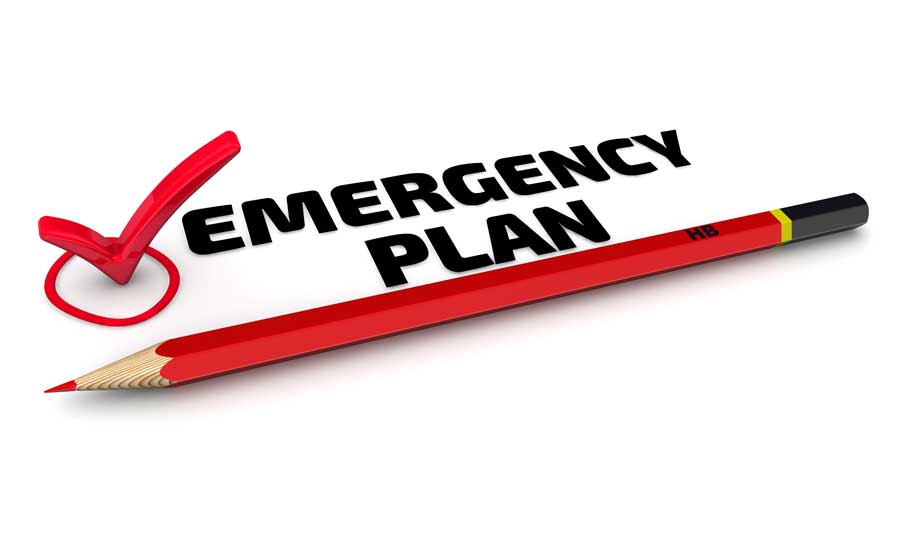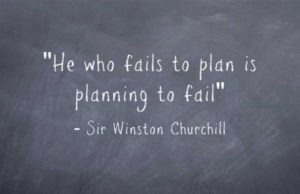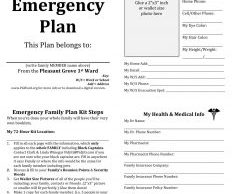5 Ways to Turn Ordinary Land into a Thriving Garden During the Winter Season
As the temperatures begin to fall, now’s the perfect time to garden. Yes, you read that right. Winter gardening is feasible and simple to achieve!
In fact, most farms have their tractors running year-round. Keeping a garden in optimal shape during the winter season helps both gardeners and the surrounding environment.
If you’re not keen on the idea of sowing your land during the winter season, you might want to change your mind. Maintaining a functioning and productive garden throughout the year — winter included — gives your soil the attention it needs to flourish during the warmer spring and summer days.
How You Can Benefit From Harvesting Your Own Food
You don’t have to be a farmer to reap the benefits of harvesting your own food. In fact, any individual with a small plot of land can transform their soil into a haven full of greens and fauna. Preppers and survivalists will enjoy having easy access to fruits and vegetables they can pick straight from their garden. Plus, it saves a trip to the supermarket on extra cold days, too.
Throughout the winter season, you’re likely to find yourself wrapped up in your blanket in front of the television or computer. Gardening provides you with the incentive to get out and exercise without actually having to go to the gym. Best of all, the reward of growing your food makes the activity you put into your garden seem less like work and more like fun instead.
As the snow begins to pile up outside, you might long for warm and sun-filled days. Don’t forget to enjoy the natural world around you. Getting outdoors uplifts your mood and prevents you from feeling cabin-fever, too.
Kick Your Green-Thumb Up a Notch With a Few Simple Guidelines
Even though the temperature continues to drop, that doesn’t mean you have to wait until the summer season to enjoy a garden full of greens. In fact, there’s no better way to wrap up the year than with a few seeds sprouting outside your house that lay the foundation for the warmer days ahead.
You can transform any everyday plot of land into a thriving terrain bursting with fauna with a few of these winter gardening tips in mind.
1. Grow Winter Friendly Crops
You should never plant a vegetable or fruit that needs excessive sunlight and warmth during the winter season with the hopes that it will grow even with the proper TLC. Unfortunately, many plants must be planted within their relative season to thrive. You should use vegetable growing guidelines as a reference for when to plant seeds for optimal results.
If you think only the best crops can grow in the summer, you’ll happily discover some of your favorite greens to enjoy throughout the winter season as well. Vegetables such as peas, garlic, and onions flourish even when planted on colder days.
2. Don’t Plant Too Early
You might be excited to plant your seeds early. In fact, it might seem that doing so allows you to enjoy your winter harvest sooner. Well, not exactly.
Planting crops too early during the fall season can actually be counter-intuitive to your desired outcome. This is especially true for crops you might plant to supplement your garden. Sowing oats earlier than necessary can result in an overgrowth of the crop which might deplete your garden’s nutrients and moisture prematurely.
For optimal results, always familiarize yourself with a crop’s planting guidelines before sowing.
3. Take Your Flora Indoors
If you’re not one for the cold and brisk air that defines the winter season, you can transfer your gardening indoors.
Many crops can benefit from the temperature-controlled conditions provided by your home. If you have supplemental UV lighting or a south-facing window, even better! When you transfer your greens and crops indoors, you can provide them extra protection against the unpredictable winter season.
Make sure to use artificial light to help your plants grow strong and healthy. Invest in lightbulbs that provide the optimal brightness for each of your plant species to help them receive the light they require.
4. Create a Mound for Added Protective
Farmers and avid gardeners alike watch the forecast with hopes of the weatherman not mentioning one dreaded word — snow. While snowfall doesn’t provide the ideal harvesting conditions, you don’t have to fear snowy conditions.
Use your garden’s surrounding leaves to create a mound on top of sturdier crops such as carrots and shallots. Even when flurries begin to trickle onto your land, the added layer of leaves offers your garden an insulated barrier against freezing conditions.
5. Enlist the Help of Machinery
While snow is a beautiful sight to see, it doesn’t last forever. When snow begins to melt, you might find yourself dealing with a watery mess in your garden. To produce the optimal results in your garden and to help your plants thrive, it’s essential to drain any excess water as it melts throughout the season.
Whenever you need a hand to help you lift massive plots or to transfer your fauna, you can turn to machinery for added assistance.
Whether you decide to make a raised bed or transfer your crops to another portion of your land, enlisting the assistance of forklifts prevents you from depleting your energy so you have more get-up-and-go power to give to your plants instead.
How You Can Become a Savvy Saver Through Gardening
Gardeners and farmers aren’t the only ones who benefit from gardening during the winter season. In fact, you can turn your plot into a haven full of savings.
Going to the supermarket can be expensive — especially during the winter season. It typically costs more to buy the very same fruit and vegetables you can purchase at a fraction of the cost in June or July. That’s because areas suffering from frost and blizzards rely more on imported crops to fulfill their vegetable and fruit demands.
You can save money by putting a little-added effort into the plot of land that lines your backyard. Not only that, but you will feel a greater sense of accomplishment knowing your food grew to perfection through the assistance of your very own hands.
Use Your Time Wisely for the Ultimate Outcome
Don’t wait until the first frost sets in to turn your soil into a lush array of veggies and greens — start your gardening today!
Familiarize yourself with the conditions and climate that defines your area. Nothing is quite as essential as planning when it comes to gardening. Plant your seeds before the first anticipated frost days to give your plants plenty of time to grow and mature.
Once you have a few of these basic and easy to follow tips in mind, you’ll find your garden full of beautiful fauna — even during the winter season.
As the temperatures begin to fall, now’s the perfect time to garden. Yes, you read that right. Winter gardening is feasible and simple to achieve! In fact, most farms have their






 Keeping everything to yourself or on your phone, which probably requires passwords for every action, will only make things difficult for your people in case something bad happens to you. For one, they probably won’t be aware that you had an emergency plan in the first place. Secondly, if they can’t access your plan, they will come up with their own which could be ineffective due to panic. Sadly, statistics from the US government show that
Keeping everything to yourself or on your phone, which probably requires passwords for every action, will only make things difficult for your people in case something bad happens to you. For one, they probably won’t be aware that you had an emergency plan in the first place. Secondly, if they can’t access your plan, they will come up with their own which could be ineffective due to panic. Sadly, statistics from the US government show that